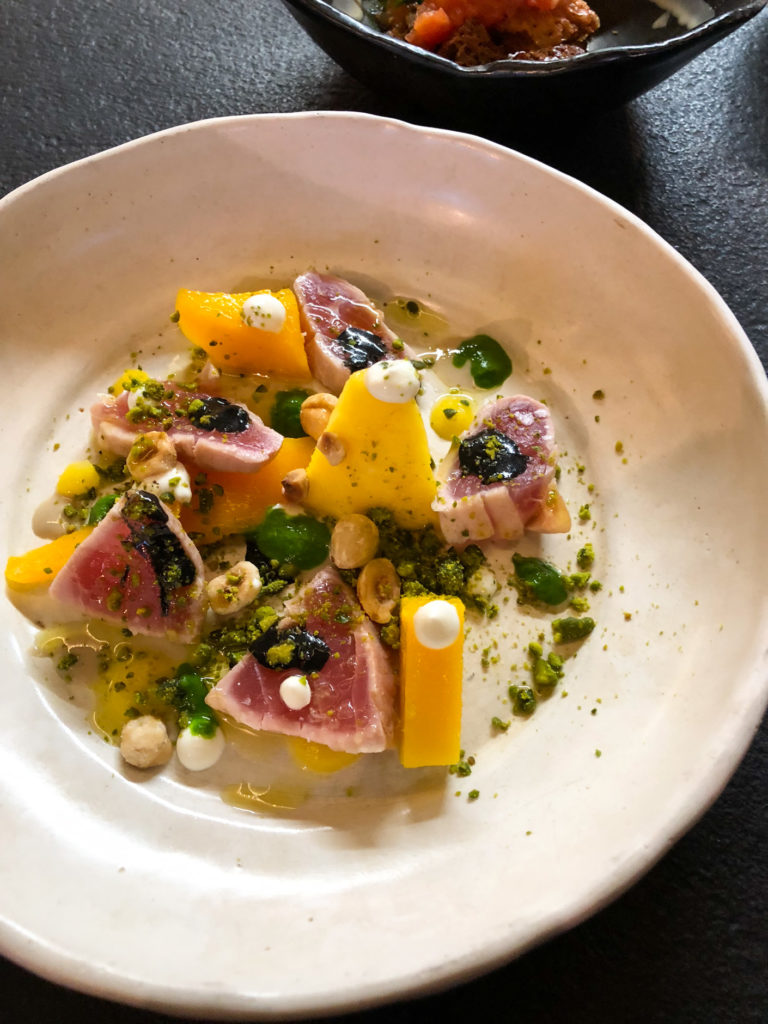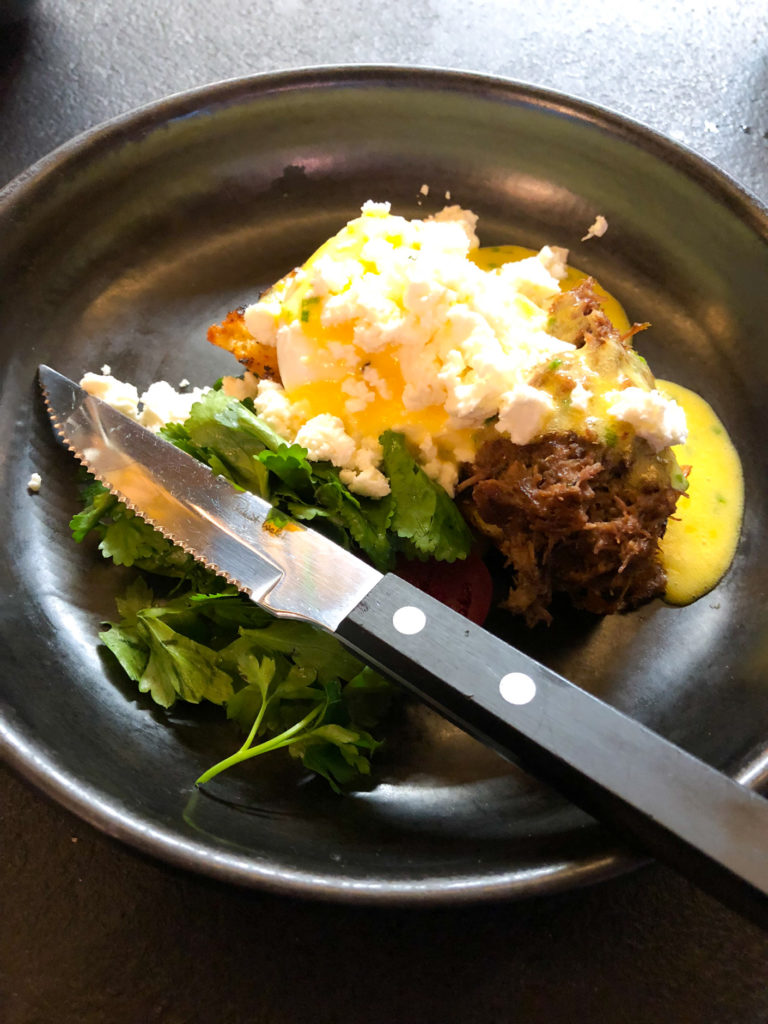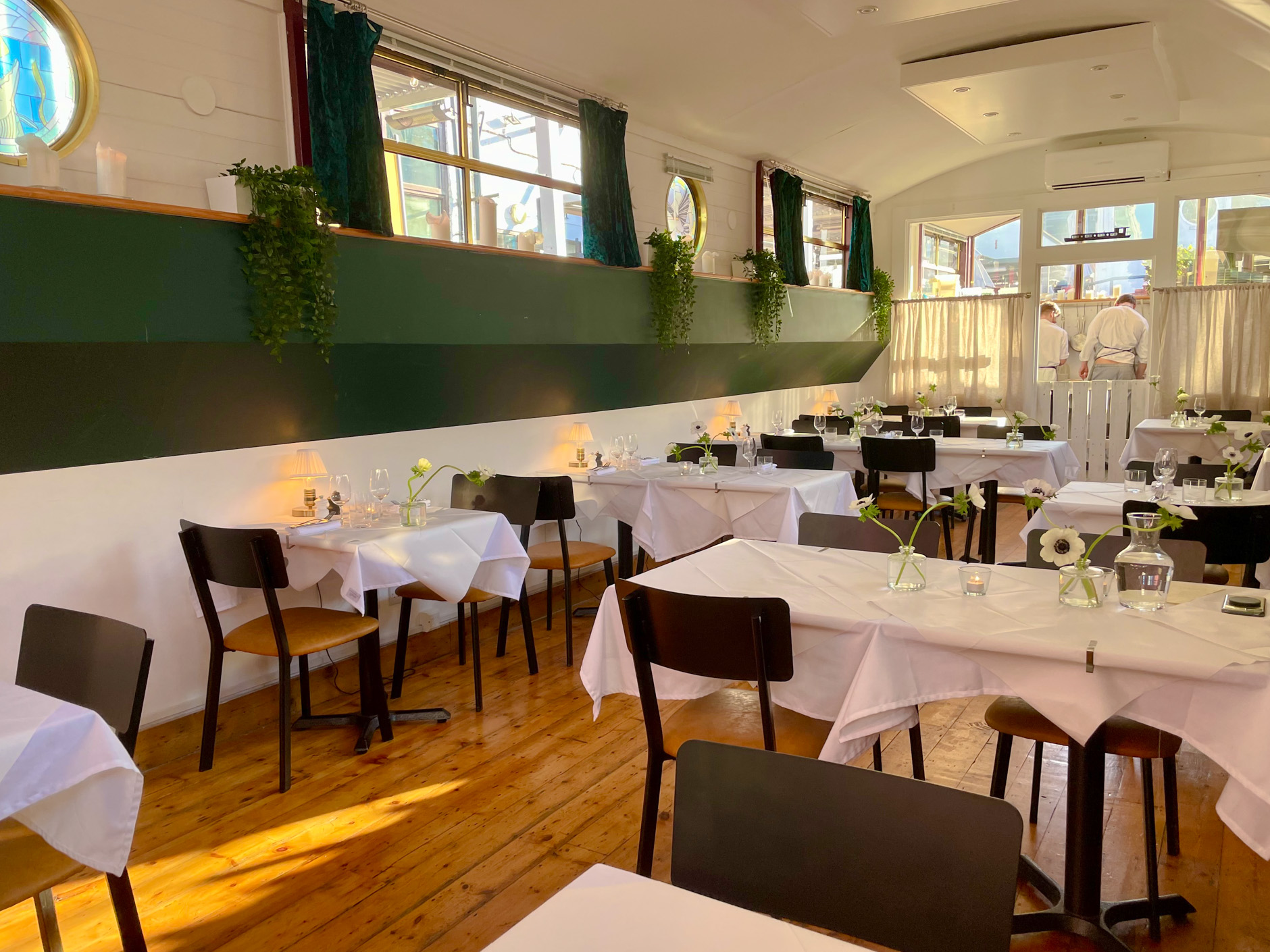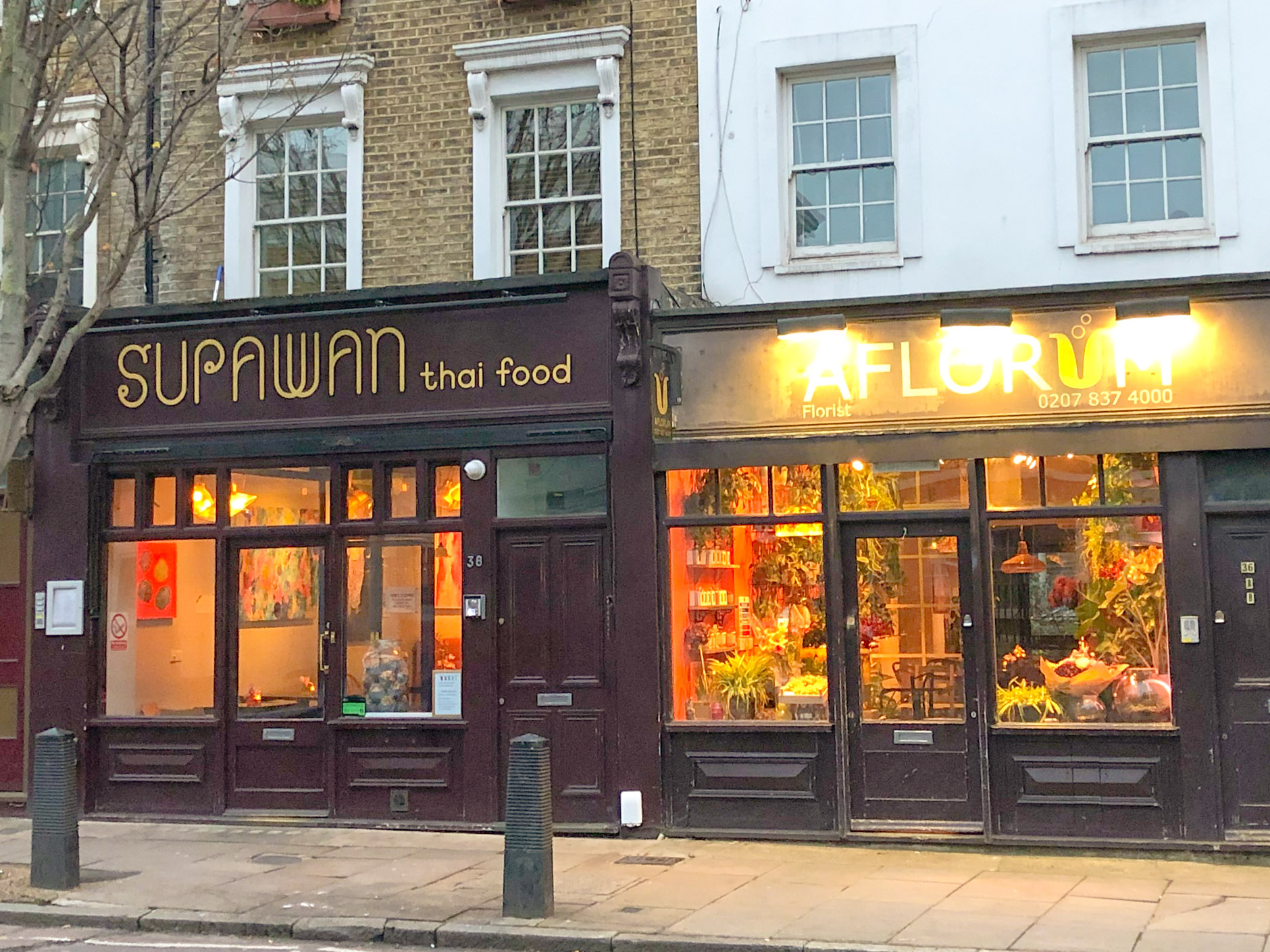Anyone who can remember when the Eurostar operated from Waterloo, and when St Pancras station was just a station, will also remember that King’s Cross was always best avoided. How things have changed, and for the better.
In late 2018 the croissantification process extended further with the opening of Coal Drops Yard: an Insta-friendly complex of boutique shops, cafes and restos designed by Thomas Heatherwick. This has been no mere spruce-up. It has utterly transformed what was, until fairly recently, a wasteland occupied only by derelict Victorian coal sheds, dodgy pubs, plastic bags and discarded needles. (Locals and students from the nineties and noughties may remember the halcyon days of ‘The Church’ and its Sunday ‘sermons’ of rock music in a warehouse. Its sister venue ‘Backpackers’ is now a gastropub – hashtag progress).
About a third of Coal Drops Yard is owned by off-shoots of the Harts Group with a new Barrafina, Casa Pastor (a Mexican casual restaurant) and The Drop (a serviceable wine bar which is trying too hard to be Noble Rot). There’s also an Alain Ducasse chocolate shop, luxury stores such as Paul Smith, and the ostensible jewel in the crown, Coal Office.
Coal Office is the brainchild of chef Assaf Granit and designer Tom Dixon. Granit co-owns The Palomar in Soho and Coal Office in some ways retains the same ethos, but through the lens of Tom Dixon’s sleek, industrial design. Inside, it’s part science lab, part spaceship. Outside there are tables for al fresco dining overlooking the shops below (a little ambitious on this winter visit).
I have mixed feelings about The Palomar but I approached Coal Office with an open mind. After a short wait due to crowding or perhaps over-booking, a ‘space’ became available – not the discreet table I had specifically asked for when booking, but a space at the kitchen bar. In theory, I love the idea of a kitchen bar: there’s all that ring-side theatre, nay even an opportunity to scrutinise those who cook your food and have a chat with them if they’re so inclined. But it needs to be done well. As Anthony Bourdain wrote in the updated edition of Kitchen Confidential, cooks are “used to doing what [they] do in private, behind closed doors… [Cooks] probably got in the business in the first place because interacting with normal people in a normal workspace was impossible or unattractive to [them].” Indeed, chefs aren’t traditionally front-of-house entertainers and it’s mightily difficult to cook and serve customers at the same time. This is why we have waiting staff. The grunts and half smiles from the cooks who served me at Coal Office show they’re perhaps not all cut out for being on the front line.
if dining in a slightly brighter version of Fabric is your thing, knock yourselves out
Secondly, it needs to be comfortable: the bar should allow an adequate indentation for your knees and somewhere to rest your feet, the seats should provide lumbar support, there should be personal space, gentle lighting and a convivial host. The immersive kitchen bar at Nobelhart & Schmutzig in Berlin is a perfect example of how it should be done. Alas, the Coal Office kitchen bar has borrowed all the worst qualities of its older sibling at The Palomar: it’s loud, cramped and hot. Oh so very hot. Every now and again I would get a blast of heat from the Josper grill. And it was particularly unpleasant having the constant commotion of customers and staff moving back and forth behind you. At one point, one young clueless waiter carried a handful of steak knives right behind me, presenting a danger both to himself and customers. Just one small trip and… I shudder to think.
The loud nightclubby music forces you to strain your voice (as I did when I had to chase up my forgotten wine order three times). Of course some customers might like this kind of vibe – if dining in a slightly brighter version of Fabric is your thing, knock yourselves out. All reviews are subjective so feel free to ignore my young fogey ways, but note this: neither the service nor the food could really compensate for the ambience.
The Middle-Eastern food did have moments of joy. The bread was plentiful, served with free dips. The kubalah had a good punch. The uncontroversial Kubenedictus (ox cheeks with poached egg, feta and hollandaise) was cooked well: with the egg oozing over the slow-cooked cheeks, combined with the feta, it made for an unctuous, protein-rich dish.
Meanwhile, the ‘Damascus Gate Tuna Tataki’ may have looked pretty with its combination of seared tuna, hazelnuts and mango, but the morsels of fish didn’t present great value and the dish needed a good sprinkling of sea salt.
The ‘Shikshukit 2.0’ – essentially a kebab – won the prize for best-named dish but I was too stuffed on the bread to eat it.
After a brief digestion break, which was cut short, I tried the rice pudding with mango and sour ice cream. Served in a metallic bowl, and as uninspiring as its description, it looked like prison food.
The service was muddled and all wrong
The wine list is mostly old world Mediterranean, with just one solitary Israeli wine. This seems a shame. Why not showcase wine from this interesting region? There’s a small selection of house cocktails too, including the intriguingly-named ‘Peter Andre’ (comprising bourbon, fig liqueur, cinnamon and mint – I gave that a miss and went for the gin-based ‘Gibore’ instead).
The service was muddled and all wrong. In addition to my forgotten drinks orders, each small plate was delivered simultaneously, causing the ox cheeks to go cold. Similarly, my coffee arrived before my dessert. As the waiting staff removed plates, they robotically asked “how was that” with about as much sincerity as a Tory cabinet minister. And sitting at the bar, on that narrow flightpath for staff and other customers, you’re made to feel like you’re a hindrance.
Truth be told, I found it a stressful experience. I would consider returning when it’s deathly quiet but never again during such a busy lunch service. Alas, I fear this is the kind of place that will always be manically busy. It feels very ‘now’. It satiates the appetites of the local working community and people catching trains, which is only fair enough: the restaurants around Granary Square are all geared towards a quick turnover of customers. In this sense, none of these restaurants are inherently bad. They are what they are and serve a function. But churning customers often comes at the expense of comfort and the personal touch and, sadly, Coal Office is not the exception I was hoping for.
2 Bagley Walk
London
N1C 4PQ
by J A Smith









